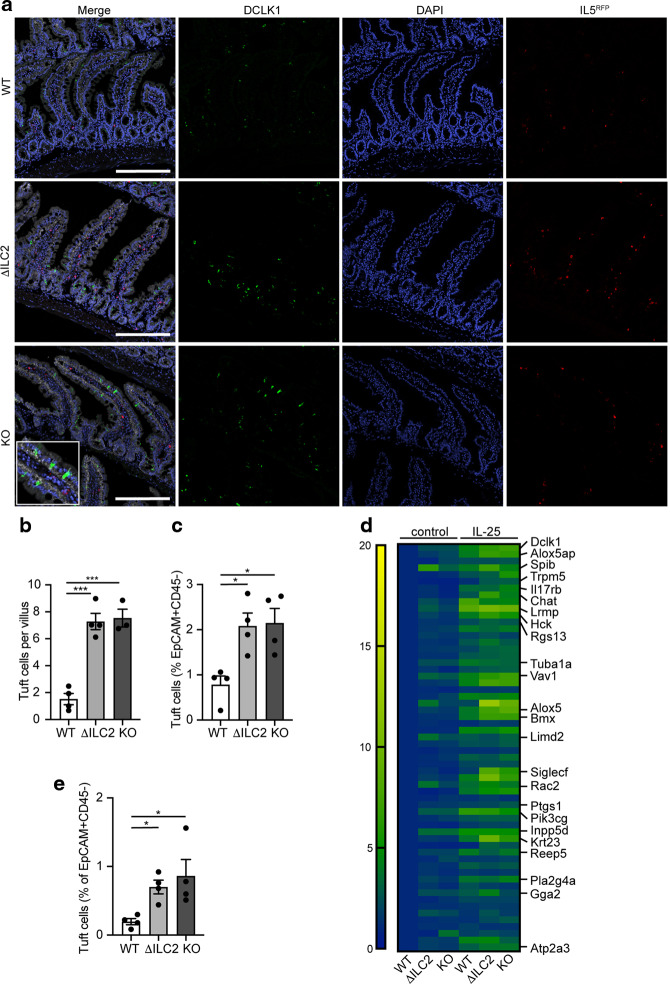Fig. 3. Loss of CISH in ILC2s leads to an increase in intestinal tuft cells.
a Representative images of small intestine from indicated strains of mice sacrificed on day 4 following 3 daily doses of i.p. IL-25 treatment. EpCAM (white), DCLK1 (green), IL5RFP + ILC2s (red), DAPI (blue). Scale bars represent 200 μm. b Quantification of tuft cell numbers per villus as shown by immunofluorescence in a. ***p < 0.001 for one-way ANOVA with Dunnett testing for multiple comparisons. n = 3-4 mice/group. c Flow cytometric quantification of tuft cells (DCLK1+, EpCAM+, CD44–, CD45–, live cells) in epithelial fraction of jejunum of IL-25-treated mice. *p < 0.05 for one-way ANOVA with Dunnett testing for multiple comparisons. n = 4 mice/group. d Heatmap of tuft cell consensus signature in untreated or IL-25-treated mice of indicated genotypes. Each block represents row-normalized mean expression of 3 mice/group. e Flow cytometric quantification of tuft cells (DCLK1+, EpCAM+, CD44–, CD45–, live cells) in epithelial fraction of jejunum of untreated mice by flow cytometry. *p < 0.05 for one-way ANOVA with Dunnett testing for multiple comparisons. n = 4 mice/group. Representative of 3 similar experiments.

